Bhopal Gas Tragedy: Images that narrate horror stories of an unforgettable past
The Supreme Court on Tuesday dismissed a petition seeking more compensation from Union Carbide Company for the victims of deadly tragedy which left over 3,000 dead.
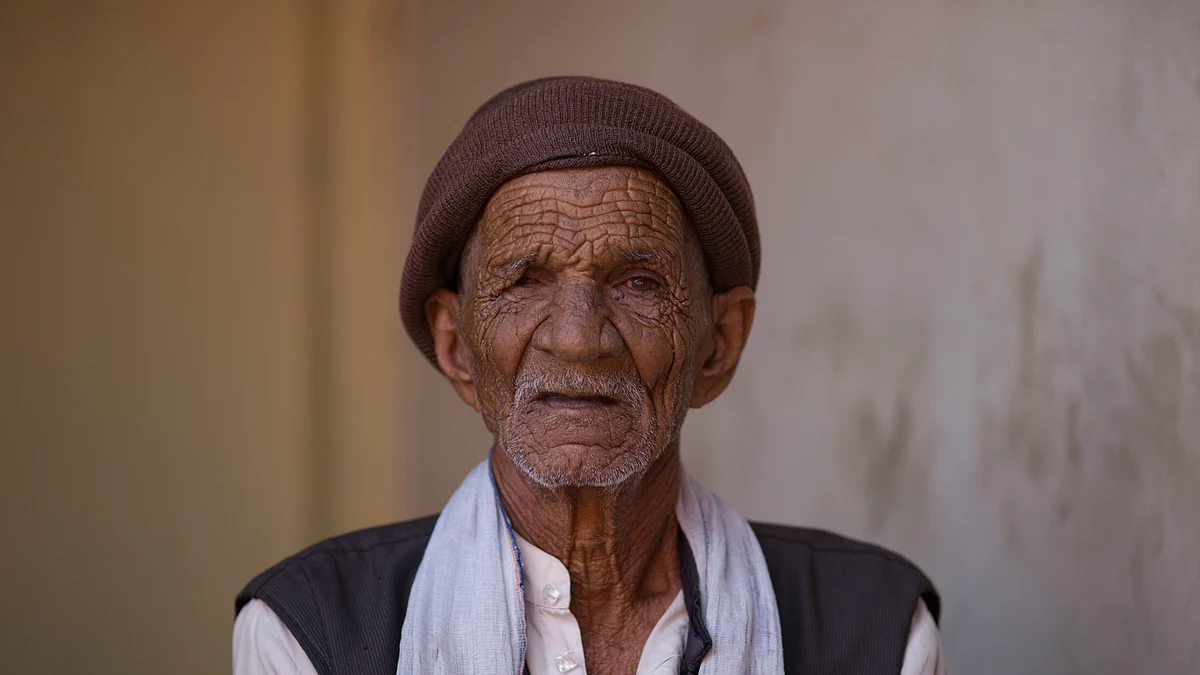
The Bhopal Union Carbide factory experienced a deadly methyl isocyanate gas leak on December 2, 1984, killing over 3,000 people and leaving more than a lakh people impacted. Warren Anderson, the former chairman of Union Carbide, was the main accused but did not show up for the trial.
The Supreme Court on Tuesday, March 14, 2023 dismissed a petition seeking more compensation from Union Carbide for the victims. The gas leak is among the world's worst industrial disasters.
The centre had sought that the case be reopened and Union Carbide's successor firms be directed to pay an additional Rs. 7,844 crore to victims of the gas leak. Rejecting the petition, the five-judge Constitution bench said the settlement can be set aside only on the ground of fraud and that the centre had not argued on this point.
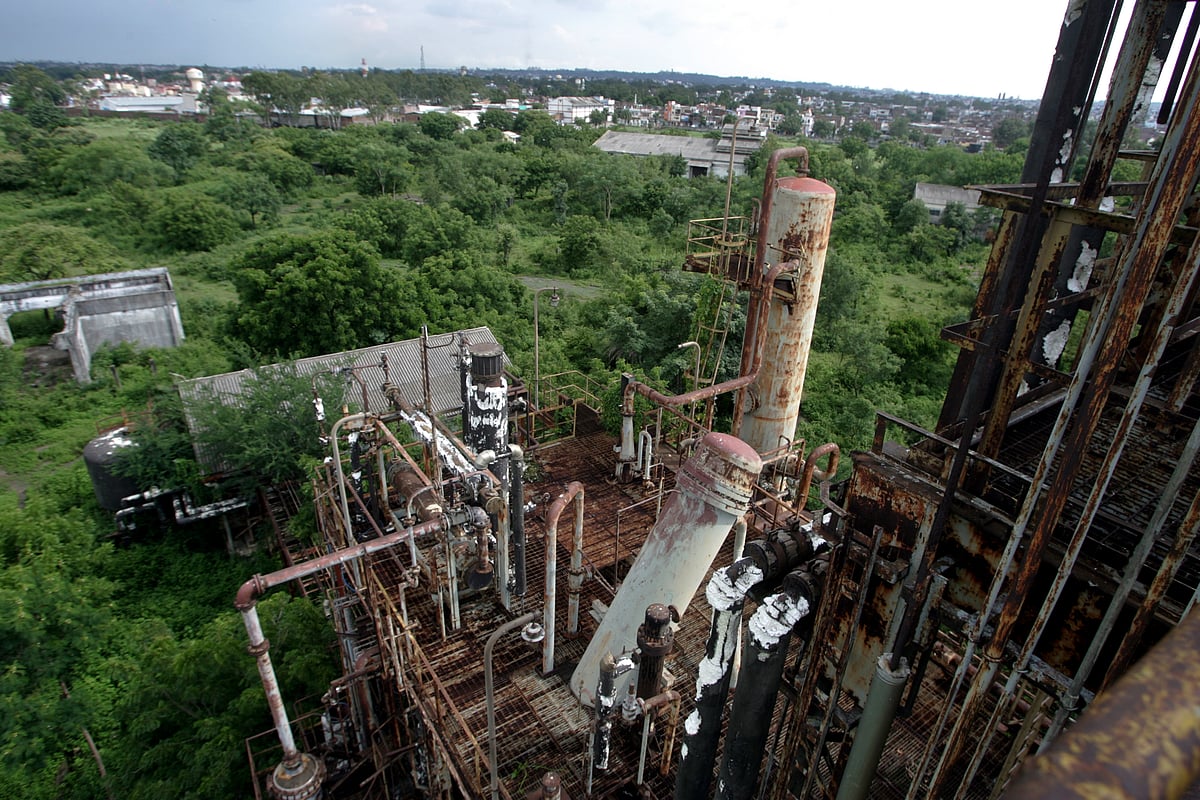
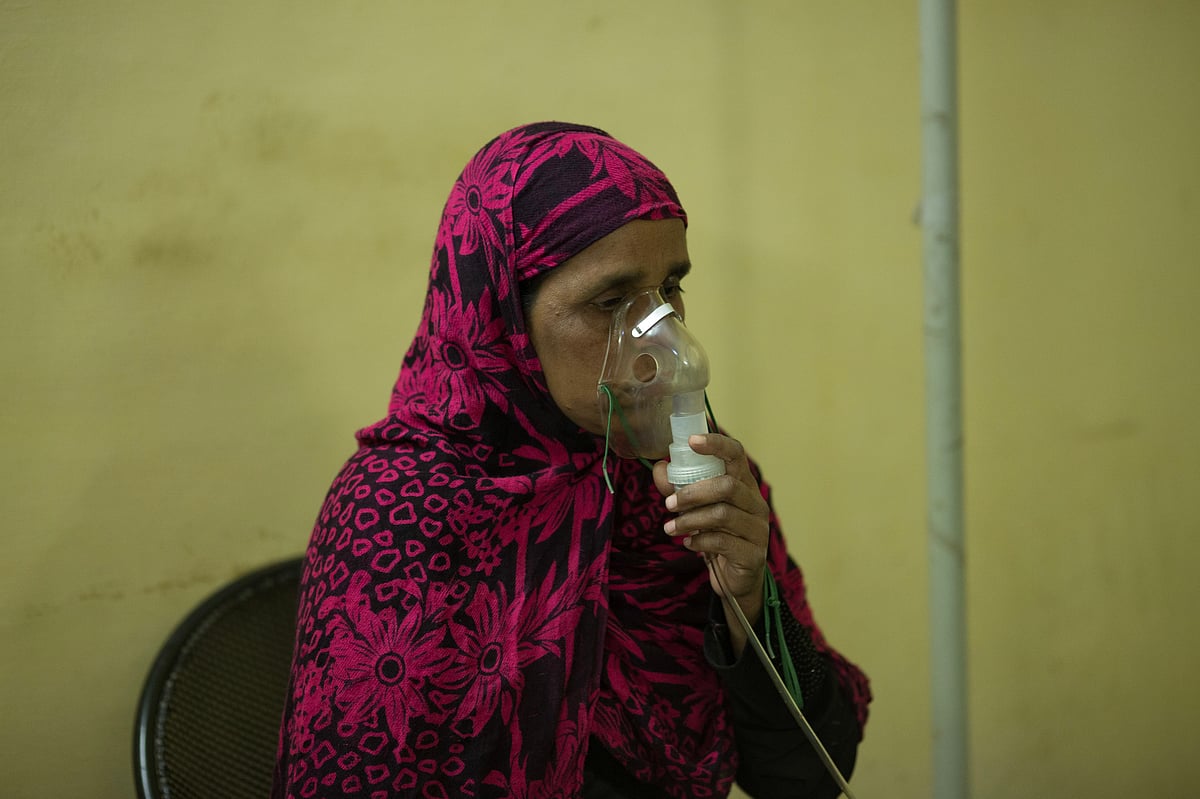

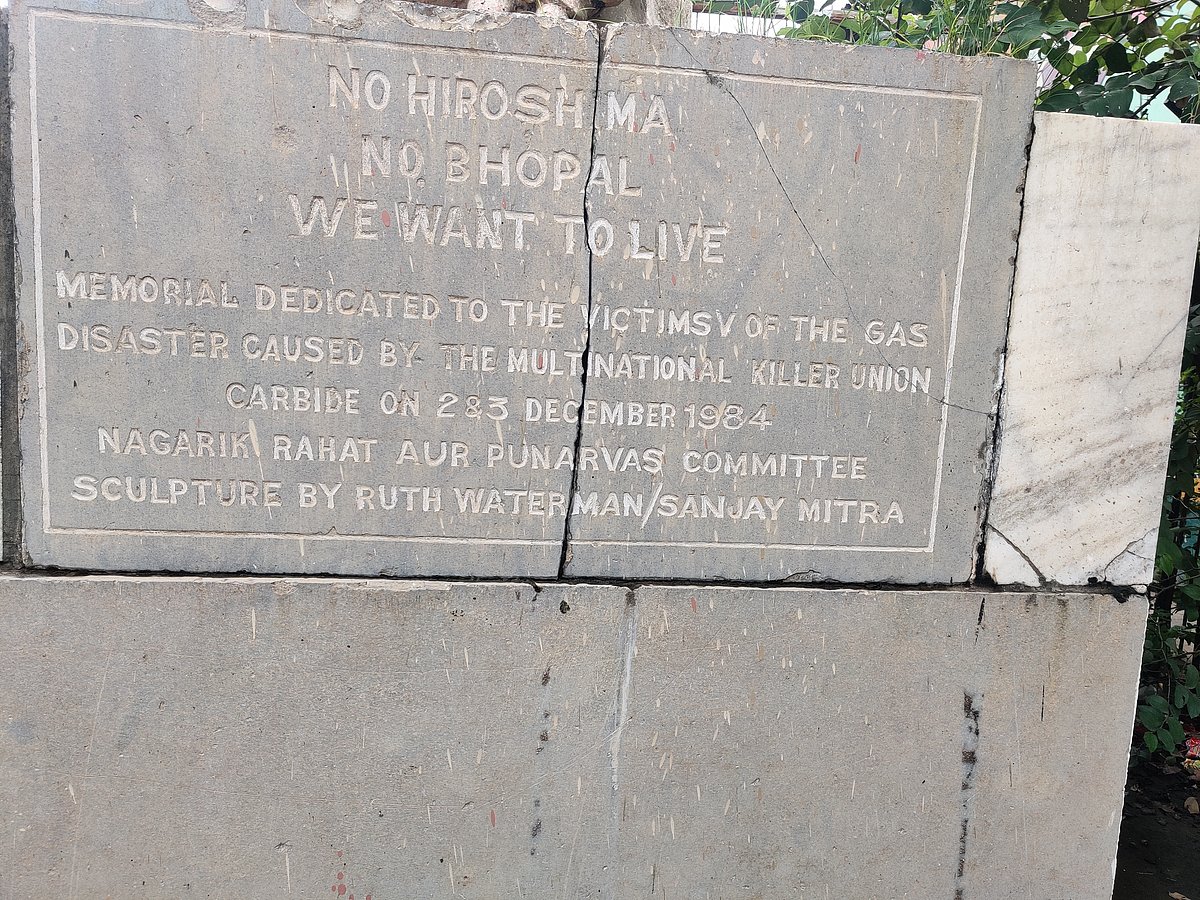
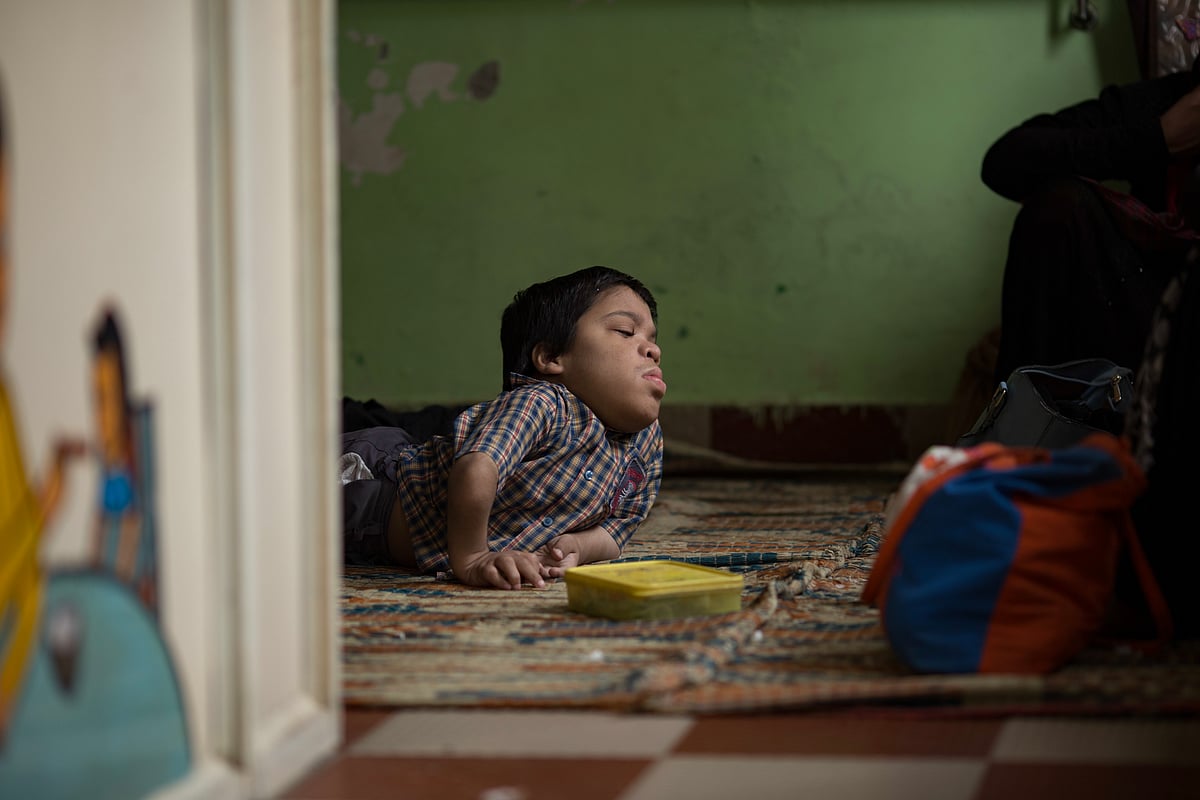
Follow us on: Facebook, Twitter, Google News, Instagram
Join our official telegram channel (@nationalherald) and stay updated with the latest headlines